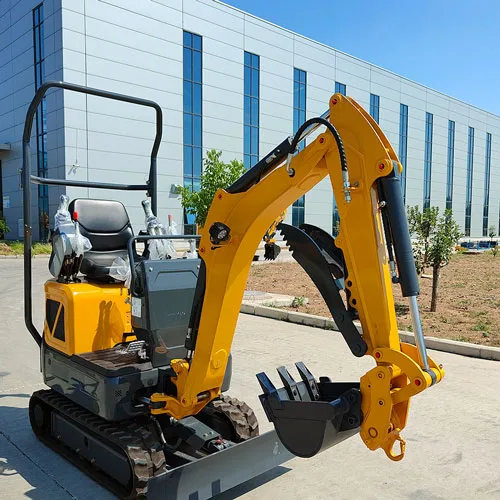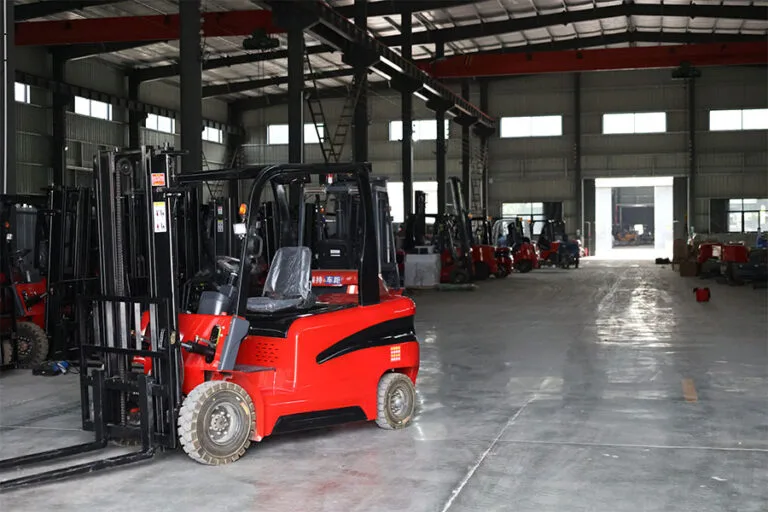I’m thrilled to have you here! Before we dive into the content, let’s stay connected. Join me on my social media platforms for more insights, community engagement, and regular updates. Here’s where you can find me:
📌 Facebook: Shandong Huaying International Trade Co., Ltd.
Now, let’s embark on this journey together. I hope you find the content here not only insightful and engaging but also valuable to your interests. Let’s learn, grow, and connect!
Table of Contents
Introduction
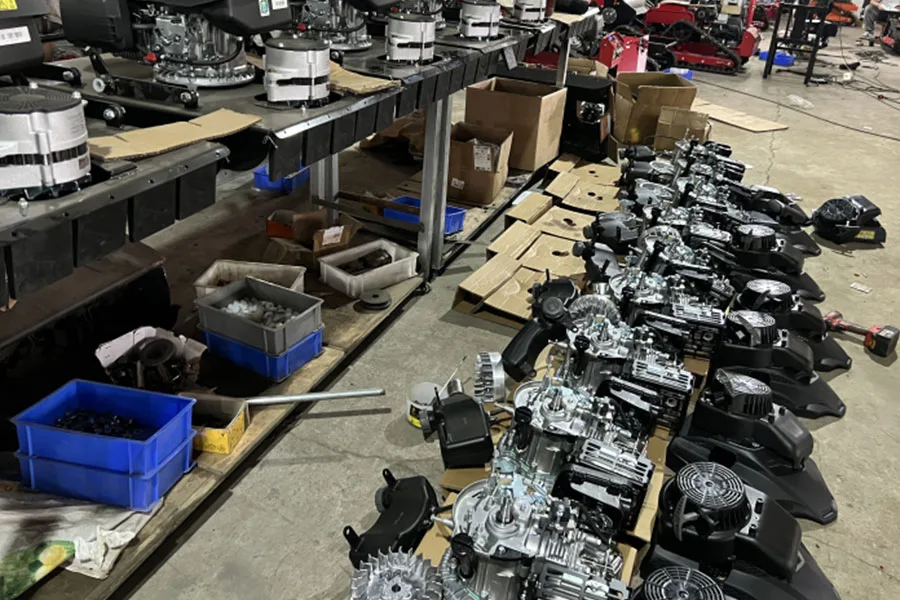
The high power remote control lawn mower is changing the game for lawn care, offering unmatched convenience, efficiency, and safety. It’s now a go-to tool for residential and commercial users alike. However, many people make common mistakes when purchasing or using this sophisticated equipment. These missteps can lead to wasted time, increased costs, and unnecessary frustration. In this comprehensive guide, we will delve into the six worst mistakes people make with high power remote control lawn mowers and how you can avoid them to maximize the utility and lifespan of your machine.
Understanding these pitfalls is essential for ensuring your investment provides long-term benefits. Whether you’re a professional landscaper or a first-time user, this article will help you make a smart, informed decision about your high power remote control lawn mower.
Mistake 1: Choosing the Wrong Model for Your Terrain
High power remote control lawn mowers are engineered to perform across a variety of landscapes, but not every model excels equally on all surfaces. Buying a unit designed for flat, manicured lawns and then expecting stellar performance on steep, rocky inclines is a recipe for frustration.
Assess Soil and Surface Conditions
Different terrains present unique challenges: moist clay can clog blades and wheels, sandy soils may reduce traction, and rocky grounds risk blade damage. Before selecting a mower, conduct a terrain assessment:
- Identify soil type (loamy, clay, sandy) and moisture levels.
- Note slope gradient; angles above 30 degrees require specialized hill-climbing features.
- Check for obstacles like rocks, tree roots, and uneven patches.
Match Features to Terrain
Look for key design elements:
- Traction System: Wide, deep-treaded wheels versus tracks for extreme grip.
- Ground Clearance: Elevated chassis to avoid drag in tall grass or rocks.
- Center of Gravity: Lower center-of-gravity models resist tipping on slopes.
By matching the mower’s structural and drivetrain features to your predominant landscape conditions, you ensure stable operation, cleaner cuts, and minimal damage to both machine and property.
Mistake 2: Ignoring Battery Life and Power Requirements
A high power remote control lawn mower’s performance hinges on its energy source. Buyers who overlook runtime metrics or charging logistics often end up stranded mid-job.
Understand Battery Chemistry and Capacity
Most models use lithium-ion batteries due to their high energy density and longevity. However, capacities vary:
- Standard Packs: 40–60 volts delivering 30–45 minutes runtime.
- High-Capacity Packs: 60–80 volts with extended 60–90 minute operation.
- Swappable Systems: Quick-release packs allowing immediate swap and continued mowing.
Evaluate Charging Infrastructure
- Charging Time: Some batteries recharge in 1–2 hours; fast-chargers can reduce this to under an hour.
- Spare Batteries: Investing in at least one backup pack can double operational hours without idle downtime.
- Power Management: Intelligent chargers that balance cell health and extend battery lifespan.
Failing to plan for adequate runtime and recharge cycles can disrupt schedules, especially in commercial settings where efficiency translates directly into profitability.
Mistake 3: Skipping Maintenance Routines
Proper upkeep is crucial for safeguarding performance and preventing costly breakdowns. Neglecting routine checks and cleanings accelerates wear and voids warranties.
Develop a Maintenance Schedule
Consistent servicing should cover:
- Blade Inspection and Sharpening: Check for chips, nicks, and dull edges every 5–10 hours of operation.
- Debris Removal: Clear grass clippings, sticks, and mud from wheels, undercarriage, and blade housing after each session.
- Firmware Updates: For smart models, install the latest software to optimize navigation algorithms and safety features.
- Battery Care: Store packs in a cool, dry place; avoid complete discharge to prolong cycle life.
Leverage Manufacturer Resources
Consult user manuals for specific part numbers, torque settings, and lubrication points. Enroll in recommended service plans or training workshops offered by dealers to ensure best practices.
Mistake 4: Overlooking Safety Features
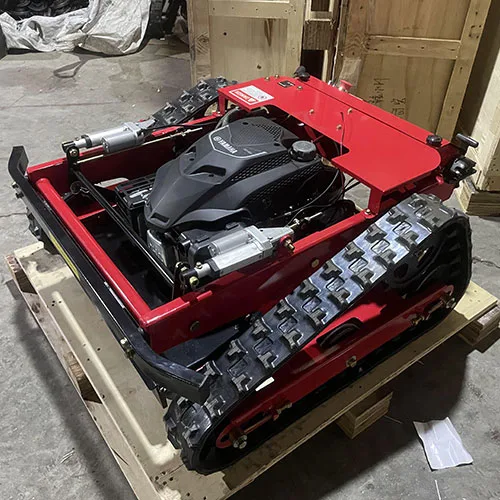
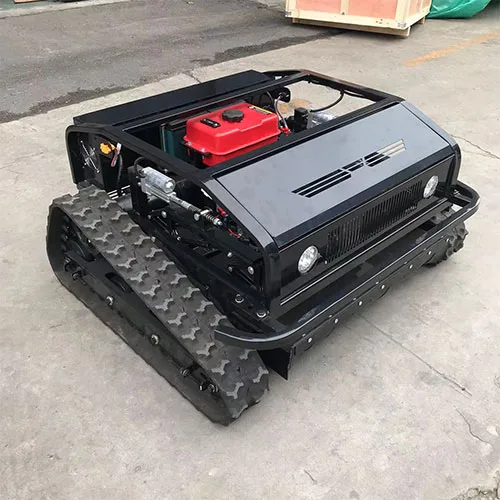
High power remote control lawn mowers can operate at high speeds and carry significant momentum. Ignoring safety mechanisms endangers both the operator and bystanders.
Essential Safety Features
- Emergency Stop (E-Stop) Button: Immediate cut-off of power if controls malfunction or the operator loses line of sight.
- Remote Signal Reliability: Choose mowers with encrypted radio frequencies or dual-band connectivity to minimize interference.
- Obstacle Detection: Ultrasonic sensors or bumpers that halt blades upon impact.
- Blade Guards and Deflectors: Shields to prevent debris ejection toward people or property.
Training and Operational Protocols
- Always perform a safety walkthrough of the area, removing pets, children, and loose objects.
- Define a clear operating perimeter with flags or cones.
- Conduct a test run in manual mode to ensure controls and responses are calibrated correctly.
By emphasizing safety at every stage—from purchase to daily operation—you reduce accident risks and insurance liabilities.
Mistake 5: Buying Based Solely on Price
A low sticker price often conceals hidden costs: inferior components, short warranties, and poor customer support.
Total Cost of Ownership (TCO) Considerations
- Warranty Coverage: Shorter warranty periods can translate into expensive repairs.
- Spare Parts Pricing: Proprietary batteries or blades may cost 2–3× more than generic replacements.
- Service Network: Models with limited dealer networks incur higher travel fees and slower turnaround.
Value-Driven Purchasing
Instead of chasing the lowest upfront cost, look for balanced packages including extended warranties, bundled spare batteries, and comprehensive service plans. Evaluate dealer ratings and ask about trade-in programs when upgrading older units.
Comparison Table: Key Specifications to Watch
| Feature | Importance Level | What to Look For |
|---|---|---|
| Terrain Compatibility | High | Flat vs. slope performance |
| Battery Life & Runtime | High | Minimum 60 mins for larger areas |
| Maintenance Requirements | Medium | Ease of blade cleaning, part replacements |
| Safety Features | High | Emergency stop, blade guard, signal control |
| Price vs. Features | High | Balance between cost and functionality |
Mistake 6: Failing to Research Brand Reputation and Reviews
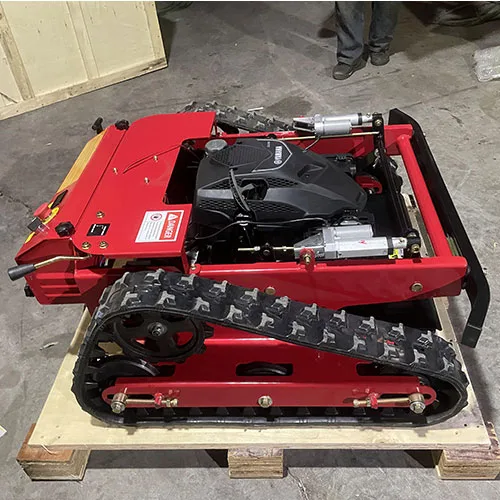
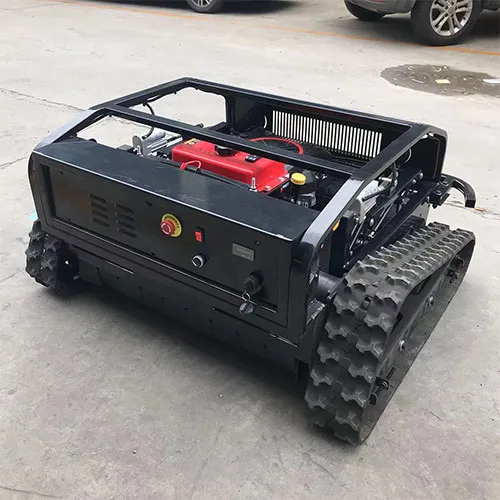
Marketing brochures can gloss over weaknesses. Authentic user feedback and performance data provide clarity on long-term reliability.
Gathering Real-World Insights
- User Forums and Social Media Groups: Landscapers often share maintenance hacks, common failure points, and workarounds.
- Independent Test Reports: Publications or online reviewers that benchmark mowers under controlled conditions.
- Case Studies: Commercial customers who track machine uptime, fuel savings, and ROI over multiple seasons.
Analyzing Review Patterns
Look for:
- Recurring complaints about battery degradation or remote lag.
- Praise for specific features like blade cutting height adjustment or noise levels.
- Reports of dealer responsiveness and warranty support.
By triangulating information from diverse sources, you can build confidence in your choice and avoid models with recurring issues.
Conclusion
Purchasing a high power remote control lawn mower is a big investment, and avoiding these six common mistakes can help you make the best decision for your landscaping needs. Whether it’s matching the mower to your terrain, considering long-term maintenance, or prioritizing safety features, ensuring that all aspects are evaluated will help you maximize the mower’s lifespan and performance.
By doing thorough research and making an informed choice, you can confidently invest in a high power remote control lawn mower that will serve you efficiently and safely for years.
FAQ
What is the ideal battery runtime for a high power remote control lawn mower?
For larger lawns, aim for a high power remote control lawn mower with at least 60–90 minutes of runtime. Consider models with swappable batteries for longer use.
Can I use a high power remote control lawn mower on a steep hill?
Yes, many high power remote control lawn mowers are designed for slope performance. Ensure the mower you select has good traction and a low center of gravity.
How often should I perform maintenance on my high power remote control lawn mower?
Basic maintenance like blade cleaning should be done after every few uses. Full checks, including tires, batteries, and firmware, should be monthly.
Are high power remote control lawn mowers safe?
They are very safe if used correctly. Always check for essential safety features and never leave the mower unattended during operation.
How do I know which high power remote control lawn mower is best for me?
Consider your lawn size, terrain type, desired features, and budget. Research different models and consult user reviews for better clarity.

